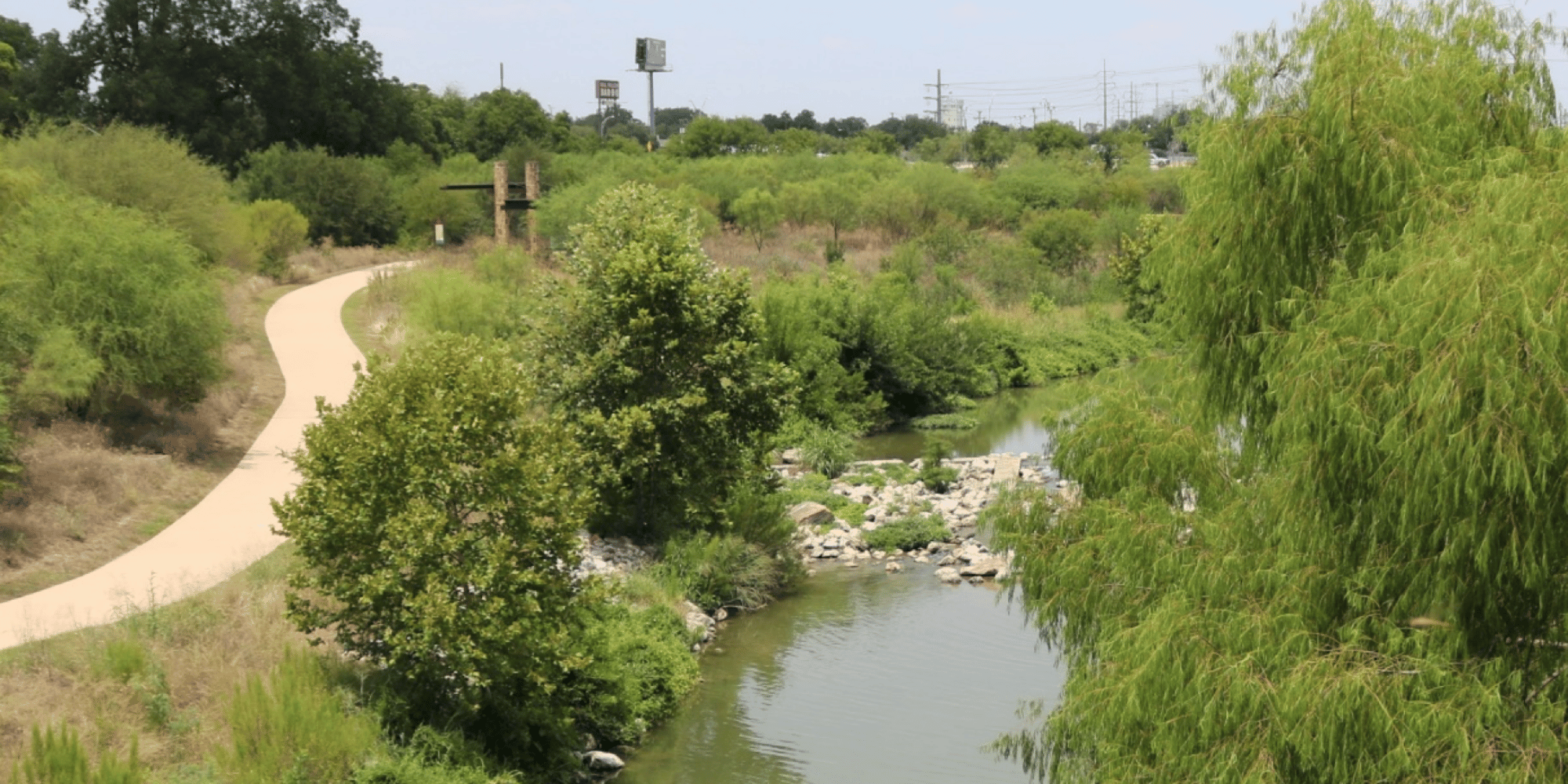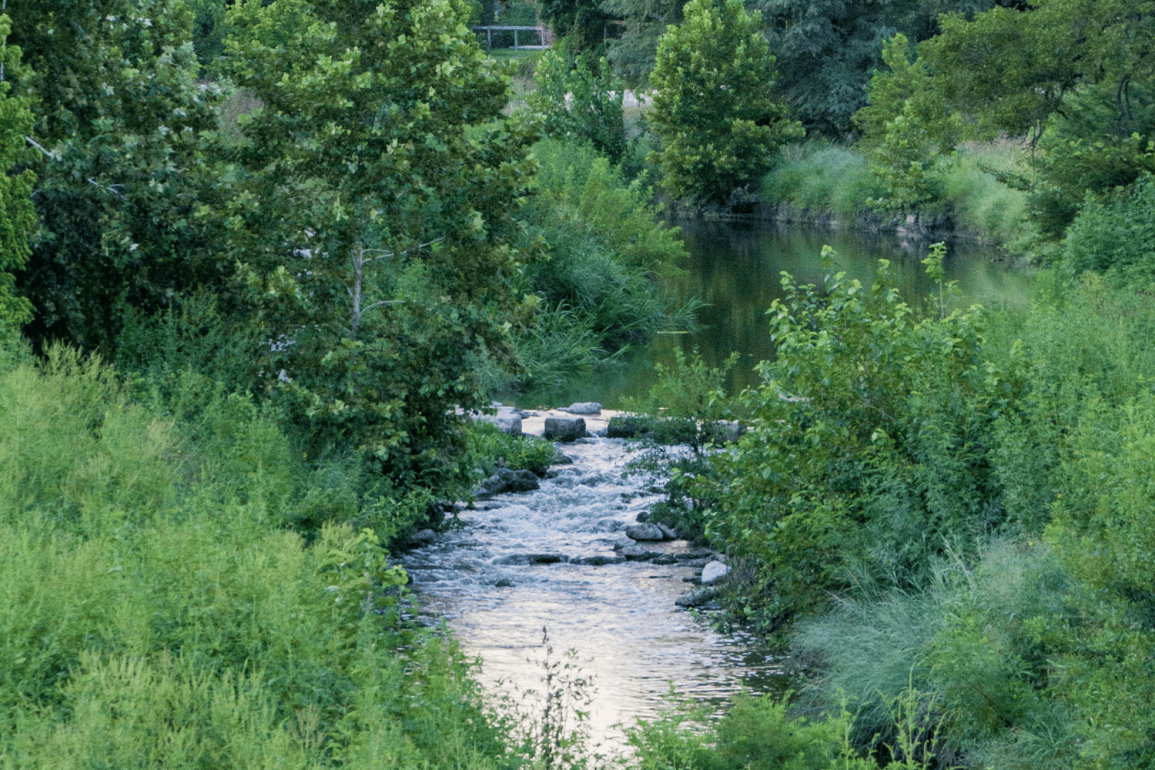A significant environmental restoration project has recently begun in the Gover Ranch area of Anderson, California, after years of planning and funding efforts. River Partners, in collaboration with the Bureau of Land Management (BLM) and Tehama County, is transforming 150 acres of land between Battle Creek and the Sacramento River into a thriving habitat.
The project focuses on reintroducing native plant species, with volunteers planting around 21 different varieties over a two-day event. This initiative represents a crucial step toward restoring vital ecosystems in a region where such habitats have become increasingly rare.
Torey Byington, the regional director of River Partners for the Sacramento Region, expressed enthusiasm about the project, emphasizing its goal of “farming native habitat.” This sentiment reflects a broader commitment to ecological restoration, recognizing the importance of nurturing native species to revitalize the area.
Byington notes that while the project’s impact will take time to manifest, the efforts are essential for enhancing biodiversity and restoring ecological balance. The collaborative nature of this project highlights the dedication of various organizations working together to achieve a common goal.

The Bureau of Land Management has been involved in this restoration endeavor for nearly 20 years. The planning phase initiated by River Partners began in 2014, but securing the necessary funding proved challenging.
A pivotal proposal to the California Wildlife Conservation Board finally received approval and funding in May 2023, enabling the project to move forward. The persistence and dedication of the team, including advocates like Brooke Thompson, the field office ecologist at BLM, have been instrumental in bringing this project to fruition.
Thompson pointed out the critical state of riparian habitats in the Central Valley, where only about 5% remains. This scarcity poses a threat to various wildlife species that depend on these ecosystems for survival, nesting, and foraging.
The restoration project aims to address this pressing environmental issue by creating a suitable habitat for these endangered and threatened species. Through this initiative, River Partners and BLM hope to foster a healthier ecosystem that can sustain diverse wildlife populations.
In addition to the ecological significance of the project, it holds cultural importance for local Native American communities. Harold Mitchell, a member of the native community, highlighted the project’s role in preserving the elderberry plant, which is integral to traditional practices, such as making ceremonial flutes and medicinal jams.
He also underscored the historical relevance of the land, noting that it is associated with a Native American massacre. Mitchell expressed gratitude for the volunteers’ efforts, as they honor the land and the lives lost in the area, weaving together ecological restoration with cultural remembrance and respect.

